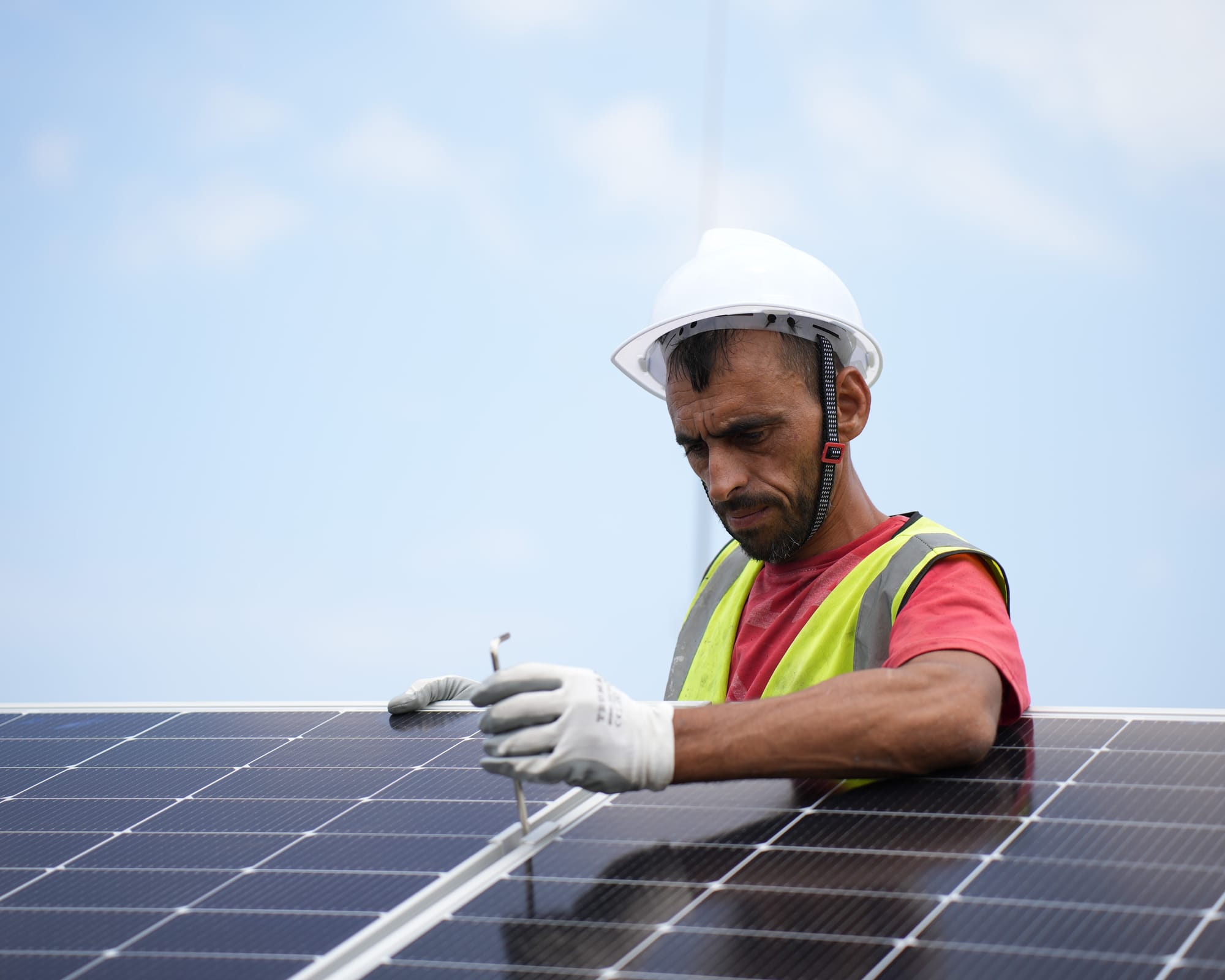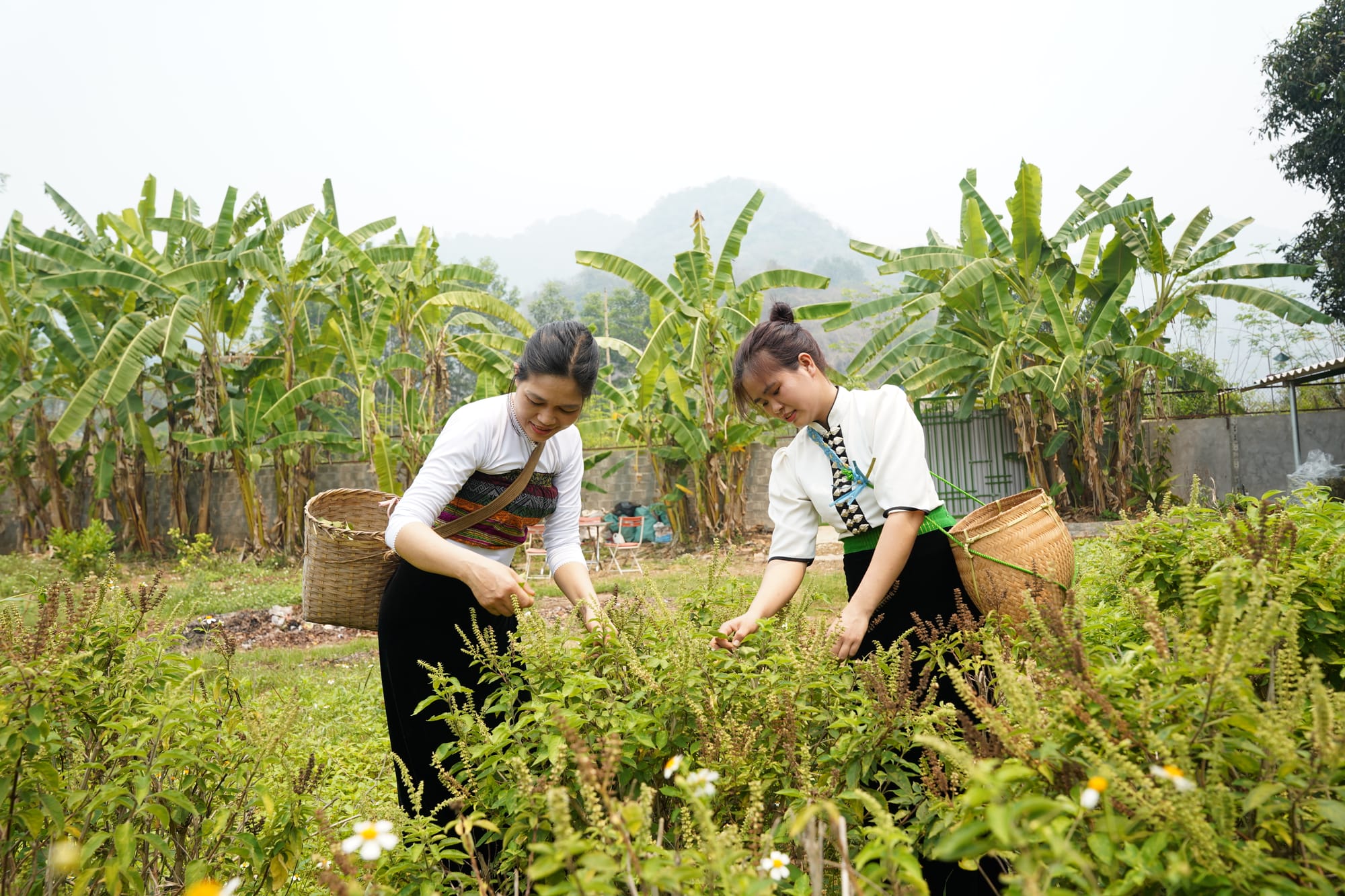Climate change is a growing threat to global stability and national security. Decades of fossil fuel combustion and unsustainable land use have contributed to carbon dioxide levels in the planet’s atmosphere that are higher than in the past 4 million years. With so much carbon dioxide trapping heat in the atmosphere, the planet is getting warmer. Last year—2016—was the hottest year on record and seas around the world have already risen an average of nearly 3 inches. We are already experiencing increased impacts from extreme events, such as floods and drought: while it is difficult to attribute any one event to the broader phenomenon of climate change, Typhoon Yolanda in the Philippines caused 6,100 deaths, displaced 4 million people, and damaged 1.1 million houses in 2013, with an estimated financial cost exceeding US$7 billion.
Climate change also magnifies existing risks to health and livelihoods, particularly in developing countries, which can drive refugee flows and conflict over basic resources, such as food and water. Poor people are more susceptible to climate-related diseases such as malaria and diarrhea. Higher food prices caused by climate-driven declines in agricultural productivity also threaten food security in poorer regions such as Sub-Saharan Africa and South Asia. Absent climate-informed development policies, climate change could force more than 100 million people into extreme poverty by 2030.
Addressing the global climate challenge requires a multifaceted and holistic approach, and DAI has been at the forefront of helping clients around the world reduce greenhouse gas emissions and adapt to the impacts of climate change.
Our approach works across the entire spectrum of climate change mitigation and adaptation, supporting countries in Asia, Africa, Europe, and the Americas to develop and implement international and national policies that catalyze individual action, such as increasing microfinance for climate-smart farming in Kenya or improving water use efficiency in Thailand. We translate and communicate scientific evidence and atmospheric modelling to inform action-oriented development programming, and bridge hard climate science with local knowledge. We also help governments and the private sector meet their commitments to reduce their carbon footprint and green their supply chains.
In partnership with clients such as U.S. Agency for International Development (USAID), the U.K. Department for International Development (DFID), and the European Bank for Reconstruction and Development (EBRD), DAI has translated policy into action through real-world solutions. Our experience has shown the following approaches to be critical:
1. Bridge science and local knowledge to help communities adapt to the impacts of climate change. Climate change is already causing shifts in agricultural planting seasons, fish migrations, and the timing and availability of critical water resources for drinking and irrigation. DAI is downscaling sophisticated climate modeling to help communities better plan for the future while integrating their local knowledge into the development and implementation of adaptation strategies.
Through the USAID-supported Mekong Adaptation and Resilience to Climate Change project, for example, DAI facilitated community vulnerability assessments and the implementation of adaptation activities—such as water harvesting and the use of climate-smart rice varieties—that benefit 30,000 people in Cambodia, Laos, Thailand, and Vietnam. On the Coastal Community Adaptation Project, DAI supported local communities in 12 South Pacific Island nations to conduct climate change risk and asset mapping and then build climate-resilient infrastructure projects that benefit more than 20,000 islanders. DAI has also built adaptive capacity in environments as diverse as Indonesia, Kenya, and Nepal.
2. Expand climate-smart agriculture and catalyze finance for business models that reduce pressures on forests and land-based emissions. Agricultural production and land use conversion account for 24 percent of the world’s greenhouse gas emissions, which makes it critical to reduce slash-and-burn farming and lower the greenhouse gas emissions associated with the production of key global commodities such as palm oil, livestock, wood products, and rice. Changing practices requires establishing appropriate incentives along the entire value chain; DAI applies economic drivers to encourage better environmental stewardship that reduces pressure on forests and lowers greenhouse gas emissions.
Thanks to USAID’s ProParque project in Honduras, for example, eco-friendly fireplaces that run completely on sugar cane pulp rather than firewood have reduced production time by half—delivering both an economic and environmental benefit to local producers. On DFID’s Strengthening Adaptation and Resilience to Climate Change in Kenya Plus project, DAI worked with microfinance institutions to increase investment in climate-smart dairy, cassava, maize, and sorghum value chains, which increases farmers’ resilience to drought and reduces greenhouse gas emissions. Again, we have employed our approach—incentivizing sustainable agriculture and reducing deforestation—with positive results in various contexts, from Indonesia and the former Soviet Union to the Philippines, Bangladesh, Mozambique, and Liberia.
3. Drive investment in clean and renewable energy and energy-efficient technology to accelerate the transition to a green economy. Modern energy services are crucial to human well-being and to a country’s economic development, yet 1.2 billion people are without access to electricity and 2.7 billion rely on the traditional use of biomass for cooking, which is associated with approximately 3.5 million deaths annually from indoor air pollution. In more developed countries, outdated and inefficient systems that burn fossil fuels contribute to high levels of greenhouse gas emissions. DAI’s approach is to drive investment in clean and renewable energy and energy-efficient technology by removing barriers to investment and collaborating with governments and the private sector to create the enabling conditions for clean energy to flourish.
On EBRD-funded sustainable energy financing programs in Poland and Morocco, DAI provided technical assistance to credit facilities focused on financing energy efficiency and small-scale renewable energy investments worth €270 million. The Polish program achieved energy savings of 166.4 GWh/year and avoided carbon dioxide emissions of more than 100,000 tons/year. DAI has catalyzed finance for clean energy and energy efficiency in Honduras, Kenya, Somalia, and elsewhere.
4. Move communities beyond subsistence and create safety nets that build household resilience to shocks and extreme events. Insurance company Swiss RE estimates that total economic losses from natural catastrophes and man-made disasters in 2016 was $158 billion, with approximately 10,000 people losing their lives. Climate change increases the risk of weather-related extreme events—such as droughts, cyclones, and floods—which disproportionately harm the most vulnerable communities, such as those in Africa’s Sahel region. DAI takes a holistic approach to increasing resilience by helping communities move beyond subsistence and reinforcing the base of economic, social, and environmental resources required for communities to recover from disasters and help them break out of the cycle of poverty.
In northeast Kenya, for instance, we are managing a cash transfer program that scales up financial assistance from a base of 100,000 households to up to 375,000 households when the first signs of drought occur. Building household resilience to climate change is a feature of our work in Honduras and elsewhere in Central America, for example, as well as on a global basis.
5. Enable local-to-global access to climate and weather data that informs decision making and thereby reduces risk. Climate change science backed by data from satellites and other sources continues to enhance our understanding of changes in precipitation, temperature, droughts, and other environmental phenomena. With this increase in data comes an equally crucial need for timely and reliable transfer of knowledge on climate and weather to inform decision making around issues such as flood evacuations, hydropower operations, and agriculture planting windows. DAI is a leader in translating and communicating climate data, and packaging it for high-level and grassroots decision makers.
Through the SERVIR Demand Activity, for example, DAI inventoried climate decision support products, identified gaps in services and market demand, and worked with USAID and NASA to design products to “link space to village.” On the Regional Climate Change Program in Central America, DAI created a climate information platform—CentroClima—where regional leaders and other stakeholders access climate change data and decision support tools to make more informed adaptation decisions. Through CentroClima, DAI also helped develop the Coffee Cloud app, which connects decision makers around daily and seasonal forecasting for coffee crops, and reports outbreaks of diseases such as rust that affect coffee beans. In Indonesia, the APIK program (Adaptasi Perubahan Iklim dan Ketangguhan, or Climate Change Adaption and Resilience) is also collaborating with Indonesia’s Agency for Meteorology, Climatology, and Geophysics to improve public understanding and dissemination of weather data, including flood alerts.
Securing Our Future Together. Significant progress has been made over the past decade to raise global awareness, shift mindsets, and begin to tackle in a pragmatic way the complex problems—environmental, economic, agricultural, health- and security-related—that together constitute the global climate challenge. DAI’s practical experience supporting government, private sector, civil society, and community partners in reducing greenhouse gas emissions and increasing resilience has contributed to a broader understanding of the complexities of climate change and its impact on people and their environment. If we are to rise to the threat of climate change, we will need to make continued progress on multiple fronts—from science and policy to mitigation and adaptation actions—and we will have to do so on a global and collective basis, from national and international government bodies to individual citizens. The stakes are too high for anything less.




